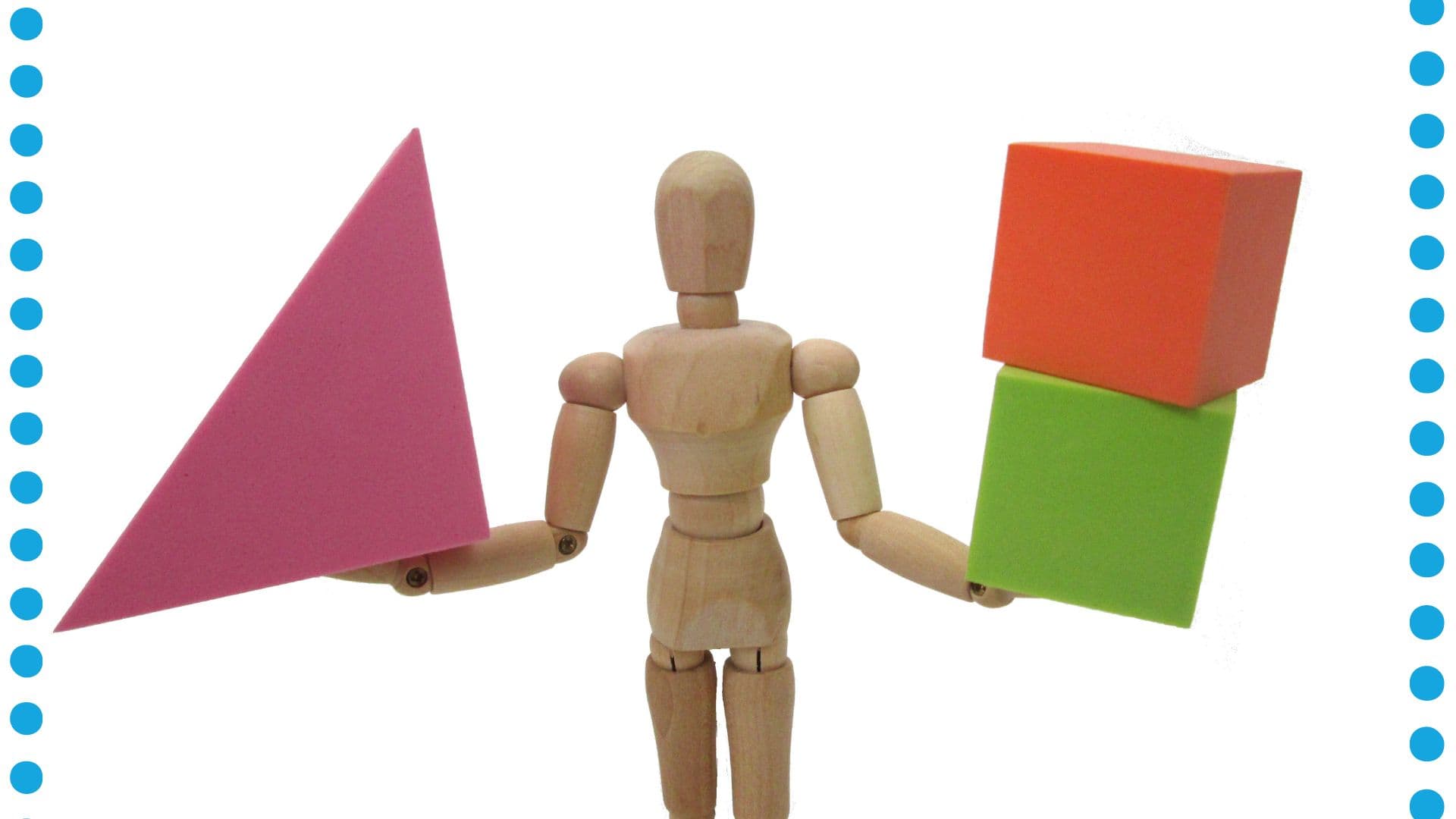
In this video, Achievable GRE course author Matt Roy explains how to solve a multiple choice problem about multiples. He first determines the value of a variable and then finds the possible multiples of said variable.
Try this divisors, prime factors, and multiples problem yourself in our GRE prep course.
If you’re looking for a comprehensive course that will help you reach your target GRE score in less time, try Achievable’s GRE exam prep course. Our GRE course includes a full textbook, videos on key topics, tons of GRE questions backed by our memory-enhancing algorithm, built-in study-planner, machine-learning essay grader, and 10+ full-length practice exams.
00:00:04 So now we have a problem involving multiples, more specifically multiples of X. It's a multiple choice problem with multiple answers possibly being correct. So let's start off with just reading the question. It says X is a 2 digit integer. OK, the units digit of X is twice as large as the 10s digit. 00:00:26 Which is to say that the number to the right is twice as big as the number to the left. If X is a multiple of nine, which of the following are multiples of X? Well, first we need to find out what X could be. So if the units digit is twice as large as the 10 digit as the 10s digit, we can start out by asking ourselves, well, what would the units digit be if the 10s digit was one? So we have ones for the 10s digit. 00:00:54 And two obviously for the units digit because it's twice as big as one. If the 10s digit were two, then the units digit would be 4. If the 10s digit were three, units digit could be 6. And if the 10s digit was 4, then the units digit could be 8. We cannot go with five as the 10s digit because there is no unit digit. There's no one digit that's 5555 is 10. So we need to now ask ourselves. 00:01:23 Which of these answers? Which of these possible values of X is a multiple of nine? Only the one that is a multiple of nine is the true value for X. So 12 is not a multiple of 924, is not divisible by 936, is divisible by 9:00, so we know that it is a multiple of 9. And 48 is not divisible by 9, so it's not a multiple of 9. 00:01:48 So we actually just have one value here, so we can know for sure that X is 36. Now the question asks which of the following are multiples of X? Well, the first multiple of any number is itself, so 36 is the first multiple of X. That's not one of the possible answers, but we know that is already greater than 12, so 12 can't be right. 00:02:14 36 * 2 or 36 + 36 would be the second multiple of X, which is 7272 is one of the answers. So we already have one of the answers here, and we've surpassed 49, so we know that 49 cannot be a correct answer. Moving on, let's add another 36 so we have 1:08. That is another answer, so we have. 00:02:42 3 multiples of 36 now and two correct answers that's beyond 85. So we know for sure 85 cannot be right and we know that 116 is actually 8 beyond 108. So it it obviously is not the next multiple, the next multiple being 36 beyond 108. So that's it. Our final answer is 108 and 72.

How we rethought GRE test prep for the 2020s to be more effective and take less time than other GRE prep courses.

In this video, Achievable GRE course author Matt Roy explains how to plug in numbers to a quant comparison question to quickly find an answer.Try this quantitative comparison problem yourself in our GRE course: https://app.achievable.me/study/gre-v… [https://app.achievable.me/study/gre-v…]

Introducing Achievable GRE, GRE test prep made for the 2020s. Unlimited GRE quant problems, memory tracking, and more.